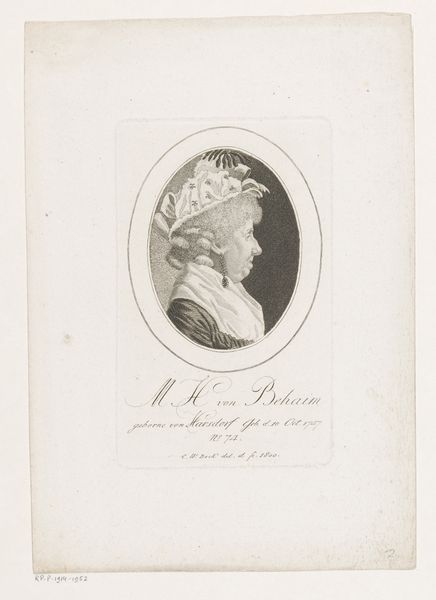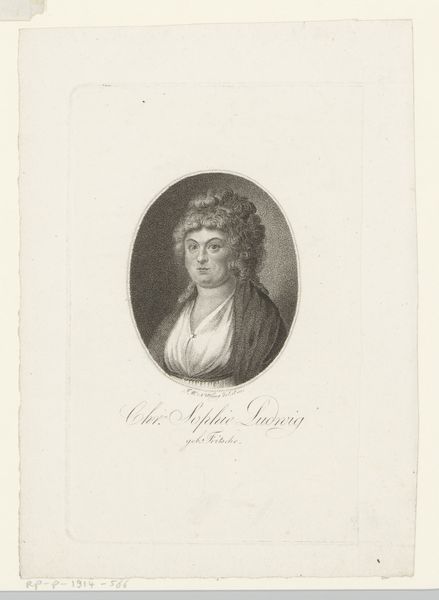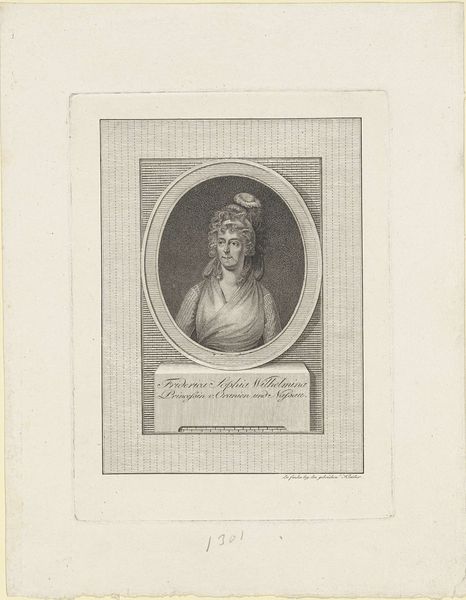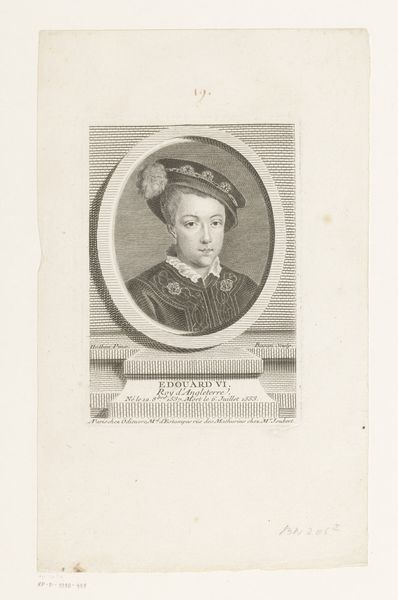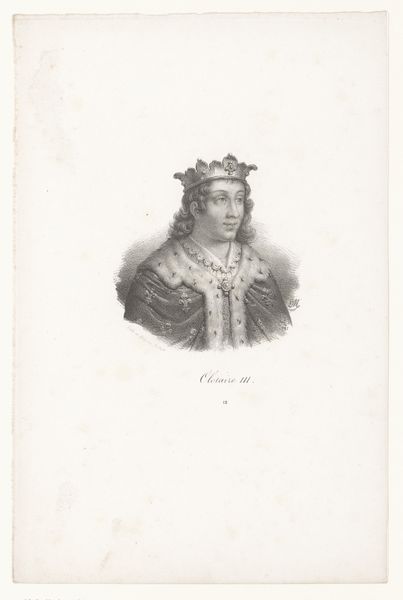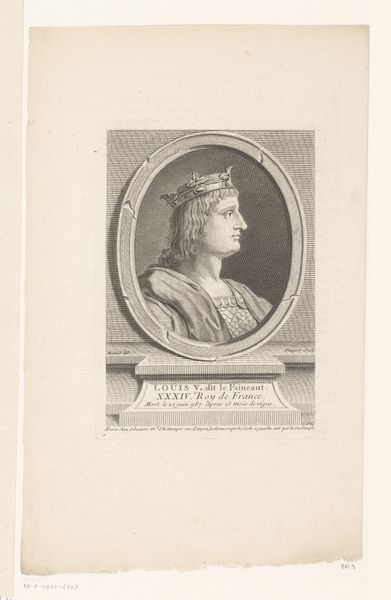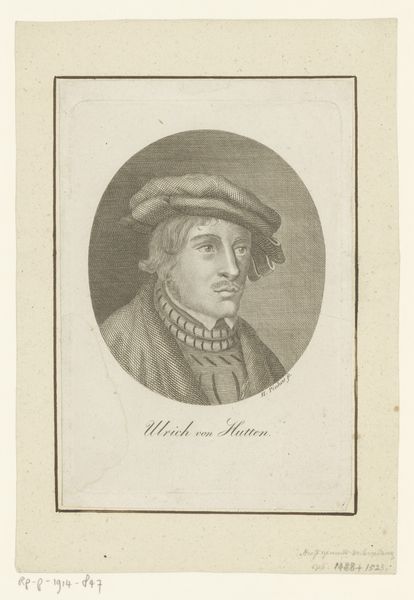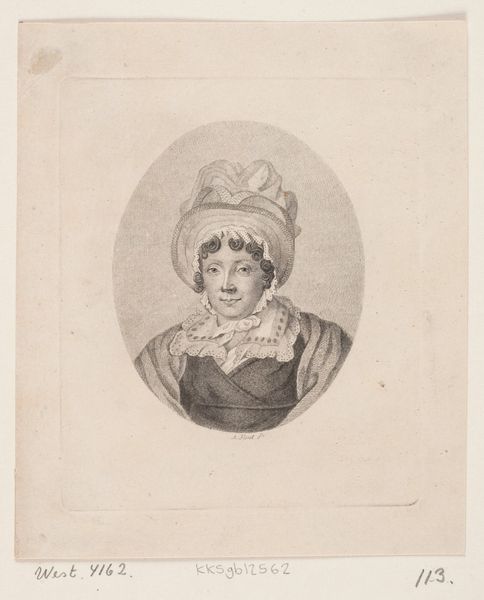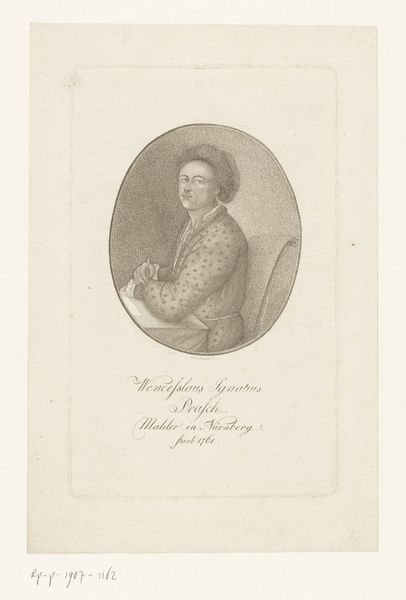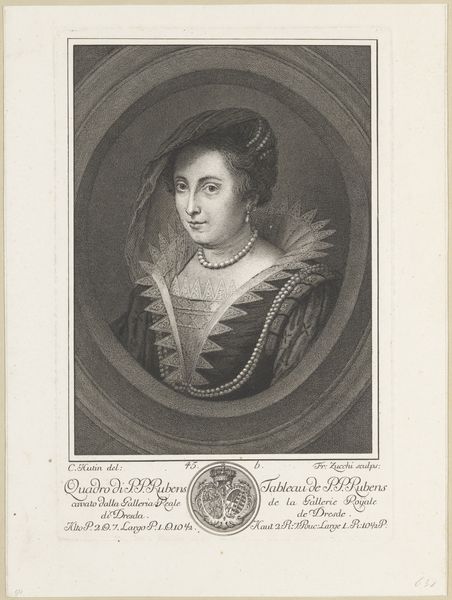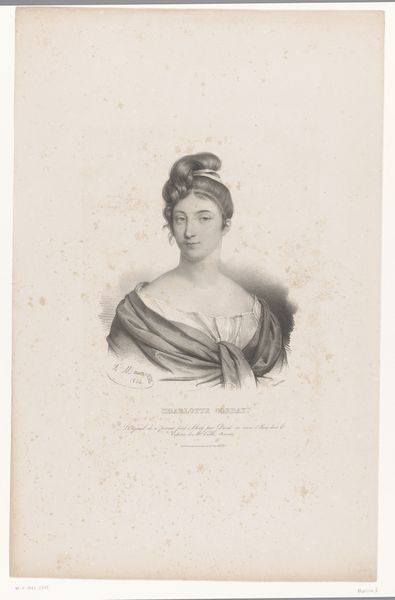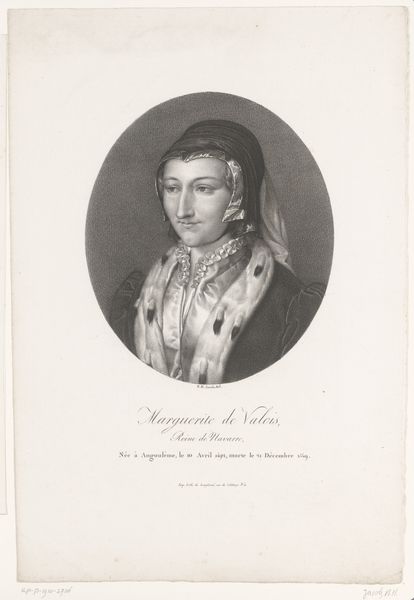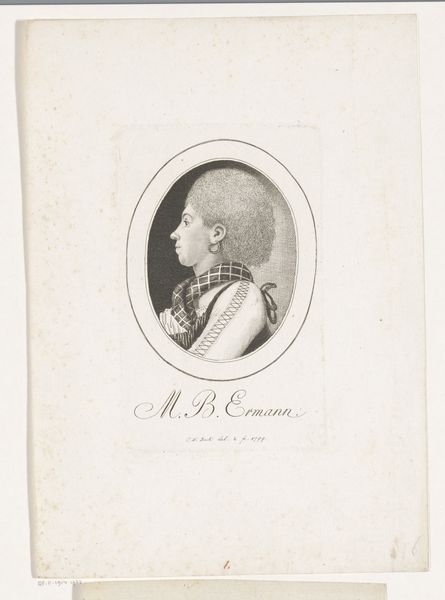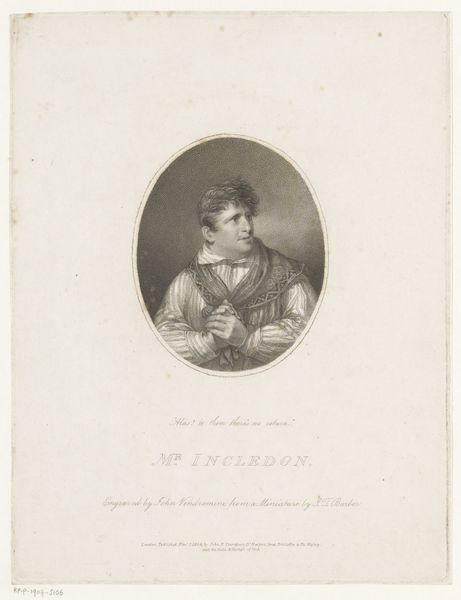
print, engraving
#
portrait
#
neoclacissism
# print
#
old engraving style
#
engraving
Dimensions: height 190 mm, width 133 mm
Copyright: Rijks Museum: Open Domain
Curator: Ah, this portrait. The Rijksmuseum holds this engraving created between 1813 and 1815. It depicts Frederika Louisa Wilhelmina, Sovereign Princess of the Netherlands. Editor: Well, it's striking, isn't it? In its own reserved way. There's this immediate sense of... I don't know... slightly stifled dignity? She's beautiful, undeniably, but almost pinned in place by the formality. Curator: The choice of engraving definitely reflects a desire for widespread distribution. Think about it – prints allowed the image of the sovereign to be disseminated far beyond the court, into middle-class homes. She becomes a visible symbol, doesn't she? Editor: Exactly! And I find it almost humorous in a melancholy way that her finery tries to give her presence power, the composition makes the frame and background feel so utterly vacant, creating this interesting emptiness. Curator: Neoclassicism valued clarity and order. Here, Wilhelmina's status is communicated through these visual cues – the crown, her clothing, and, of course, the formality of the portrait itself, which all reflect a kind of cool control and carefully cultivated representation of power. Editor: Cool control indeed! What this portrait evokes in me is, the weight of expectations of society placed on an individual. You sense both the honor and constraint of it. Does that come across at all in your historian's gaze? Curator: Oh, absolutely! These images aren’t neutral, are they? They participate in constructing the very idea of leadership. By carefully crafting this image, Wilhelmina projects herself not just as a woman, but as a representation of the Netherlands, right as the nation itself was taking shape. It’s a loaded image. Editor: It makes me wonder about her. Not just the Princess of the Netherlands, but the person behind the engraving. It’s a gentle reminder that even in grand state portraits, humanity often flickers beneath the surface. Curator: Indeed, and studying it helps us appreciate the crucial relationship between political representation and personal expression, something crucial to understanding historical portraits. Editor: For sure. Thank you for unveiling some of the complexities lying in this old engraving.
Comments
No comments
Be the first to comment and join the conversation on the ultimate creative platform.
